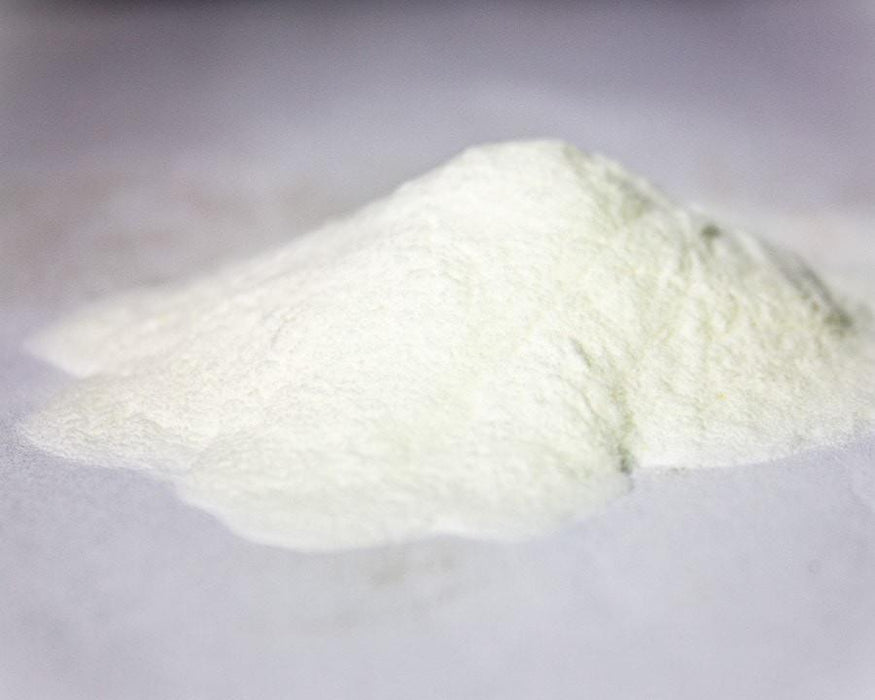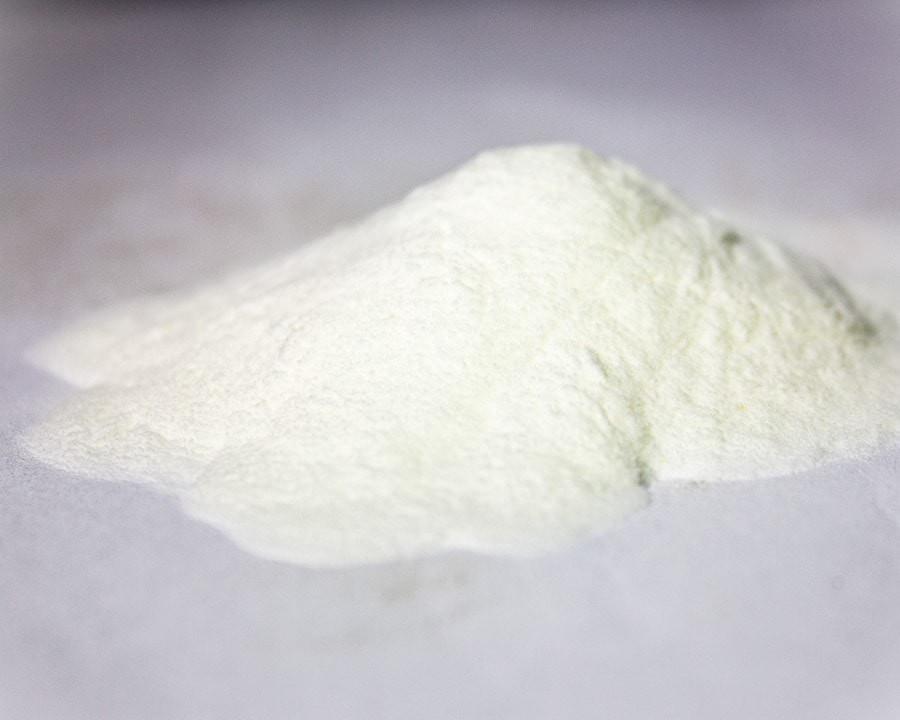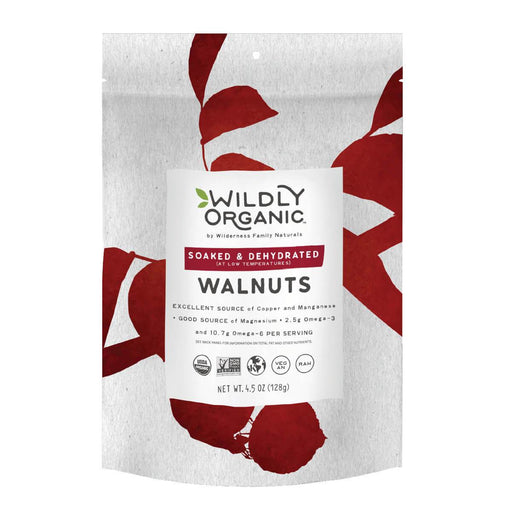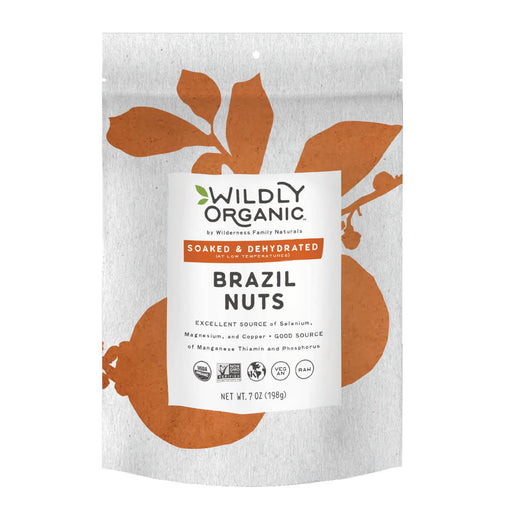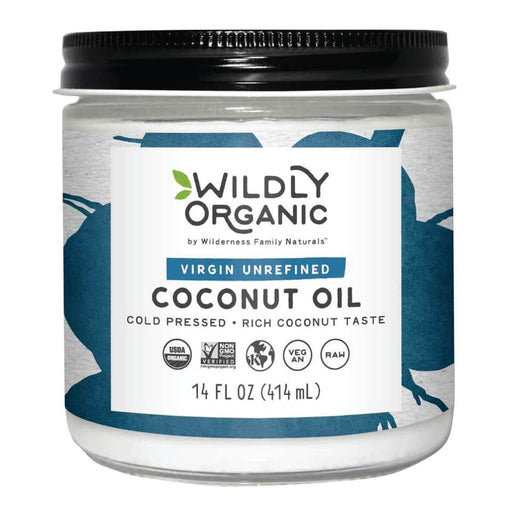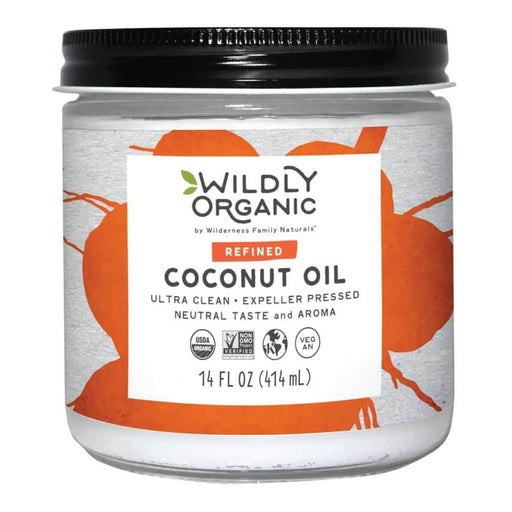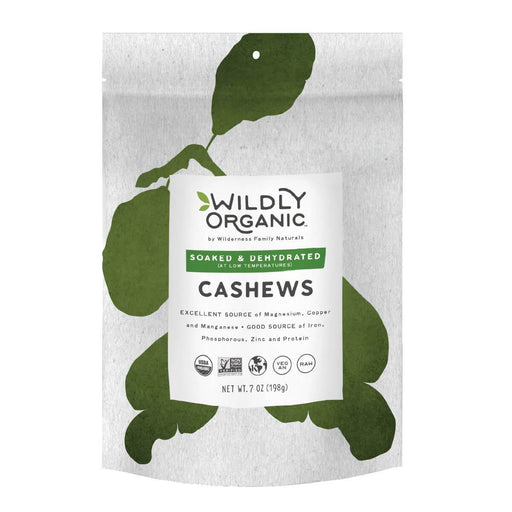This powdered inulin is a naturally derived prebiotic fiber sourced from fruits and vegetables without the use of artificial additives or chemicals.
KETO-FRIENDLY
Organic Inulin Powder | Prebiotic
Sale Price
$17.55
SKU AIN1
Organic, Powdered Inulin
Wildly Organic’s inulin powder has a neutral, clean, mildly sweet flavor. This inulin powder is not nearly as sweet as sugar, but it definitely enhances sweetness when added to foods. There are 10 grams of fiber in a one-ounce serving. Shop this prebiotic inulin today!
- Minimally Processed
- Naturally Mildly Sweet
- USDA Certified Organic
- Non-GMO & All-Natural
- Easy to Dissolve in Liquids
Product Certifications:






